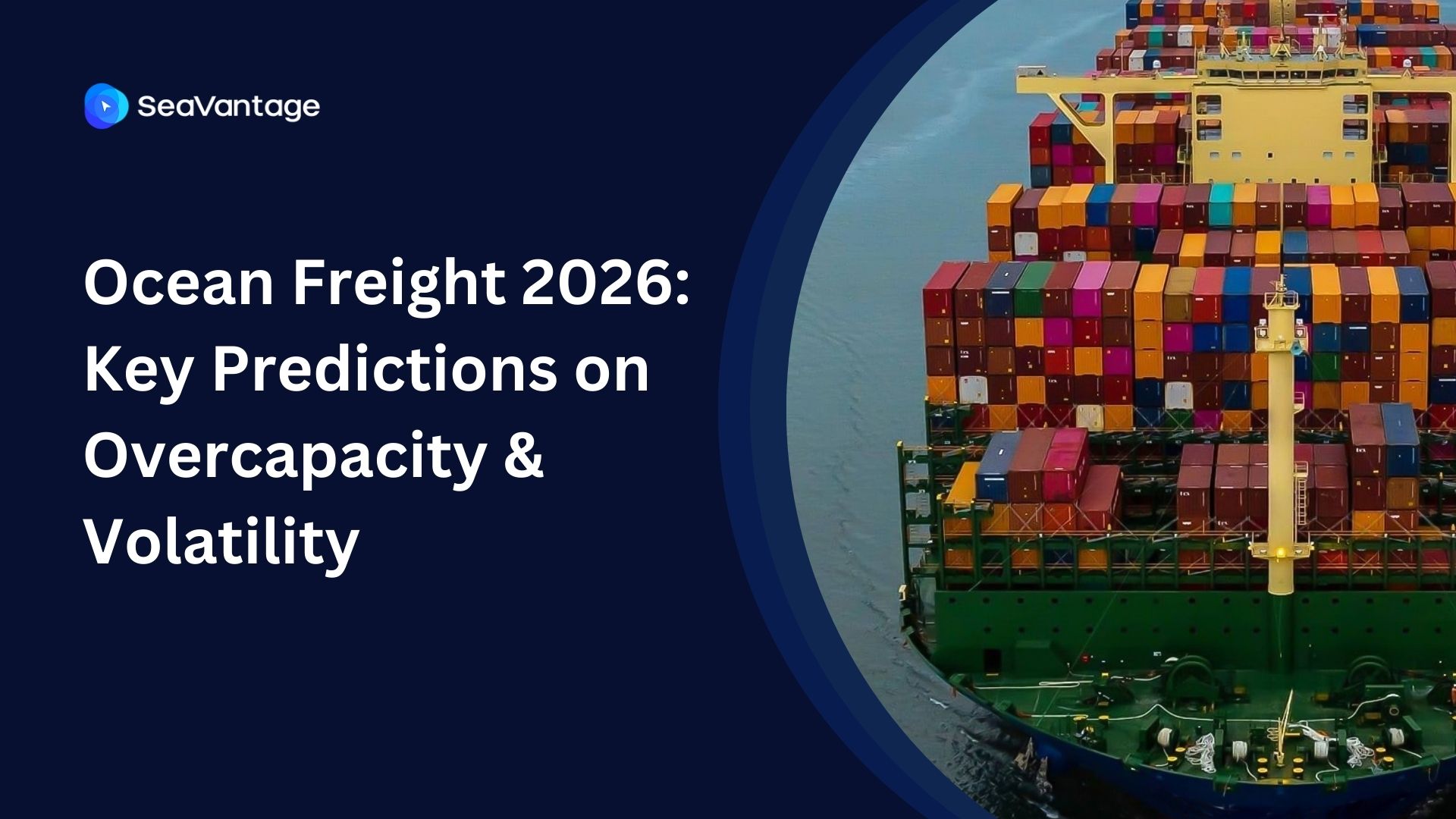How to Integrate a Real-Time Container Tracking API for Seamless Shipping Visibility

In the logistics industry, timing is everything. Missed delivery windows and blind spots in shipment tracking can translate to increased costs and unsatisfied clients. In a world where supply chain agility is key to competitiveness, the ability to track containers in real time is no longer optional—it’s essential.
Manual tracking methods are slow, error-prone, and ill-suited for modern global trade. That’s why companies are turning to container tracking APIs—automated solutions that deliver real-time visibility across complex supply chains. This guide explores how to integrate a container tracking API and the value it brings to logistics operations.
Understanding Container Tracking APIs
A container tracking API is a web-based interface that allows software systems to automatically retrieve information about shipping containers. Instead of logging into carrier websites or checking spreadsheets, companies can use an API to pull container status updates directly into their internal systems.
What Data Do These APIs Provide?
- Container location (live and historical)
- Estimated Time of Arrival (ETA)
- Port calls and transshipment status
- Carrier and vessel details
- Custom event alerts (e.g., delays, arrivals)
For example, logistics teams can use a tracking API to monitor whether a container has departed the origin port or is delayed in transshipment, enabling proactive communication with clients and internal teams.
API in Context
Container tracking APIs typically support identification by container number, booking reference, or Bill of Lading (BoL). If you're weighing these options, this guide on container numbers vs. BoL helps clarify which method fits different operational needs.
Key Features to Look for in a Container Tracking API
Not all tracking APIs offer the same depth or flexibility. When choosing one, prioritize:
1. Real-Time Data
Stale data is as bad as no data. The API should fetch updates frequently, ideally in near real time, from reliable sources such as shipping lines, AIS (Automatic Identification System) feeds, and port databases.
2. Global Carrier Coverage
Your operations likely involve multiple carriers. The API should cover major shipping lines globally, including Maersk, MSC, CMA CGM, COSCO, and others.
3. Developer-Friendly Design
Look for RESTful APIs with comprehensive documentation, SDKs, and support libraries in languages like Python, JavaScript, and PHP. This eases the integration process for your development team.
4. Scalability
If your tracking needs grow from 100 to 10,000 containers per month, the API should scale without performance degradation or pricing penalties.
5. Notification Systems
Some APIs offer webhook integrations for push notifications on key events—like arrival at port or unexpected delays—allowing for real-time alerts.
Steps to Integrate a Container Tracking API
Integration doesn’t need to be complicated. Follow these key steps:
Step 1: Choose Your Provider
Shortlist vendors based on:
- Uptime guarantees
- Historical performance
- Available support
- Pricing tiers based on usage
Popular providers include SeaVantage API, and others who offer robust carrier coverage and developer tools.
Step 2: Register and Obtain Credentials
After signing up, you'll receive API keys used to authenticate your requests. These keys ensure secure communication and track usage limits.
Step 3: Build and Test API Requests
Start with test environments or sandbox APIs. Set up GET requests to fetch container data using standard parameters like container number or BoL. Check the API responses for completeness and latency.
Step 4: Design Data Handling and Alerts
Your platform should be able to store and display retrieved data in dashboards, ERPs, or logistics systems. Use logic triggers for events like delays or arrivals to automate notifications.
Step 5: Deploy and Monitor
Move to production only after rigorous testing. Ensure your system logs failures and gracefully handles outages. Monitor API usage to stay within rate limits and avoid throttling.
Need help with tool selection? This 2025 guide on container tracking tools outlines what modern platforms offer and how to evaluate them.
Best Practices for API Integration
Seamless integration isn’t just about fetching data—it’s about reliability and adaptability.
1. Prioritize Security
Use token-based or OAuth authentication. Ensure sensitive data like container status or shipping routes are encrypted during transmission.
2. Plan for Errors
APIs fail. Build error handling for 4xx/5xx responses, and include fallback strategies like retries with exponential backoff.
3. Automate Reporting
Integrate with BI tools to generate weekly shipment reports or alerts for high-risk containers. This increases transparency across departments.
4. Optimize API Calls
To avoid hitting rate limits, cache frequent queries or batch requests where supported. Use timestamps and filters to narrow down the data scope.
5. Stay Updated
API versions change. Subscribe to provider updates and test new versions in staging before deploying them in production.
The Business Case: Why It Matters Now
The shift toward digital supply chains is accelerating. According to a recent report, the Container Tracking API market will grow from $964.1M in 2024 to $6.6B by 2034, at a CAGR of 21.3% (source).
Similarly, the global API logistics market is set to expand from $1.48B in 2023 to even higher levels by 2030, growing at 20.2% CAGR (source).
These numbers reflect a fundamental transformation in logistics—from reactive to predictive. API integration enables that shift by turning fragmented tracking into a streamlined, automated process.
2025년 9월, 주요 글로벌 항만에서 어떤 운송사가 가장 긴 선박 체류 시간을 기록했는지 확인해보세요. 트렌드를 비교하고, 지연을 파악하며, 전체 항만 데이터를 통해 운송 전략을 최적화할 수 있습니다.
2025년 8월, 주요 글로벌 항만에서 어떤 운송사가 가장 긴 선박 체류 시간을 기록했는지 확인해보세요. 트렌드를 비교하고, 지연을 파악하며, 전체 항만 데이터를 통해 운송 전략을 최적화할 수 있습니다.
2025년 7월, 주요 글로벌 항만에서 어떤 운송사가 가장 긴 선박 체류 시간을 기록했는지 확인해보세요. 트렌드를 비교하고, 지연을 파악하며, 전체 항만 데이터를 통해 운송 전략을 최적화할 수 있습니다.
Discover how RTTVP is a game-changer for Logistics Service Providers. Learn the 5 core benefits, from B2B customer experience to predictive operational planning.
Discover the top ocean freight predictions for 2026, from ship overcapacity to Suez Canal disruption, global sourcing shifts, and strategies for volatility.
Discover why container tracking breaks under complexity. Learn how B/L-based visibility improves ETA accuracy, boosts productivity, cuts TCO, and reduces data loss.



.svg)






.png)